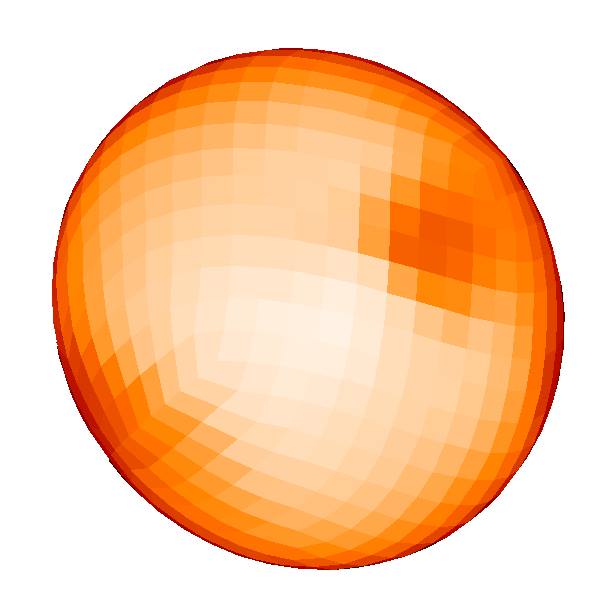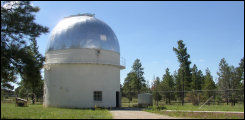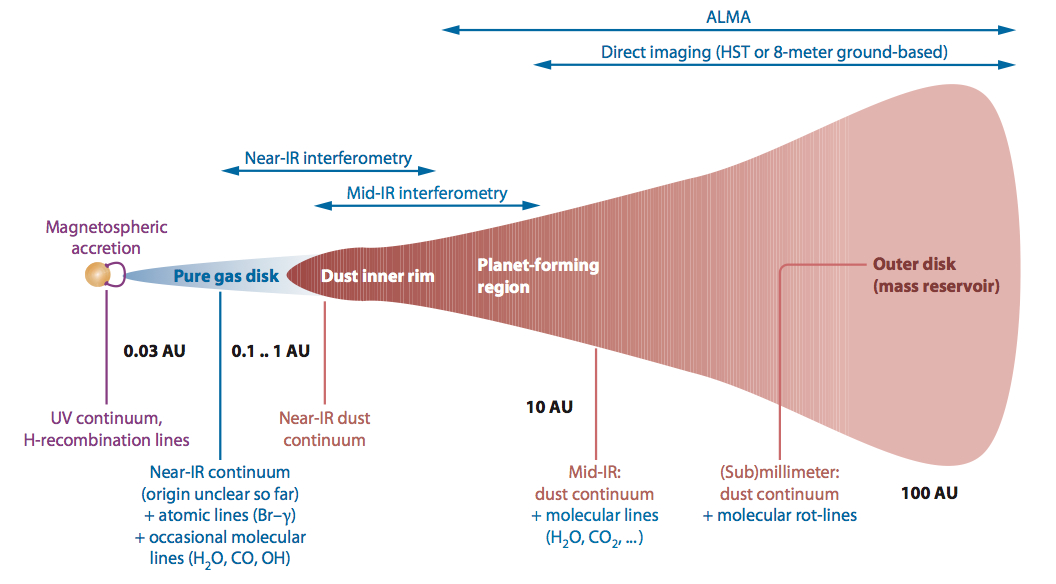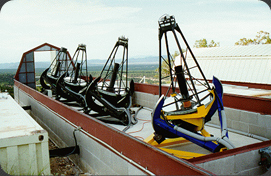Magnetically Active Stars

One of my research aims is to understand the magnetic fields of stars as a function of age. While the dynamos generating these fields are hidden from view, they can be probed through measurements of generated surface features, specifically starspots. My research attempts to characterize starspots both individually and throughout a stellar cycle via interferometric imaging.
Young Stellar Objects
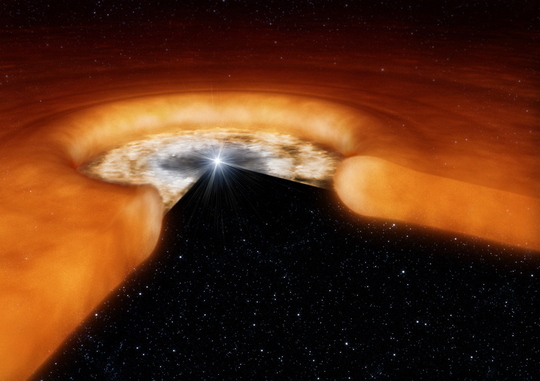
Another research aim is the understanding of the circumstellar environments around young stars. Besides allowing for a further understanding of how stars are built, better characterization of this region will answer a number of outstanding questions regarding early exoplanet formation. I use two independant methods to probe young stars and their environments: interferometric imaging and high cadence near-IR photometry.
Introduction to Interferometry
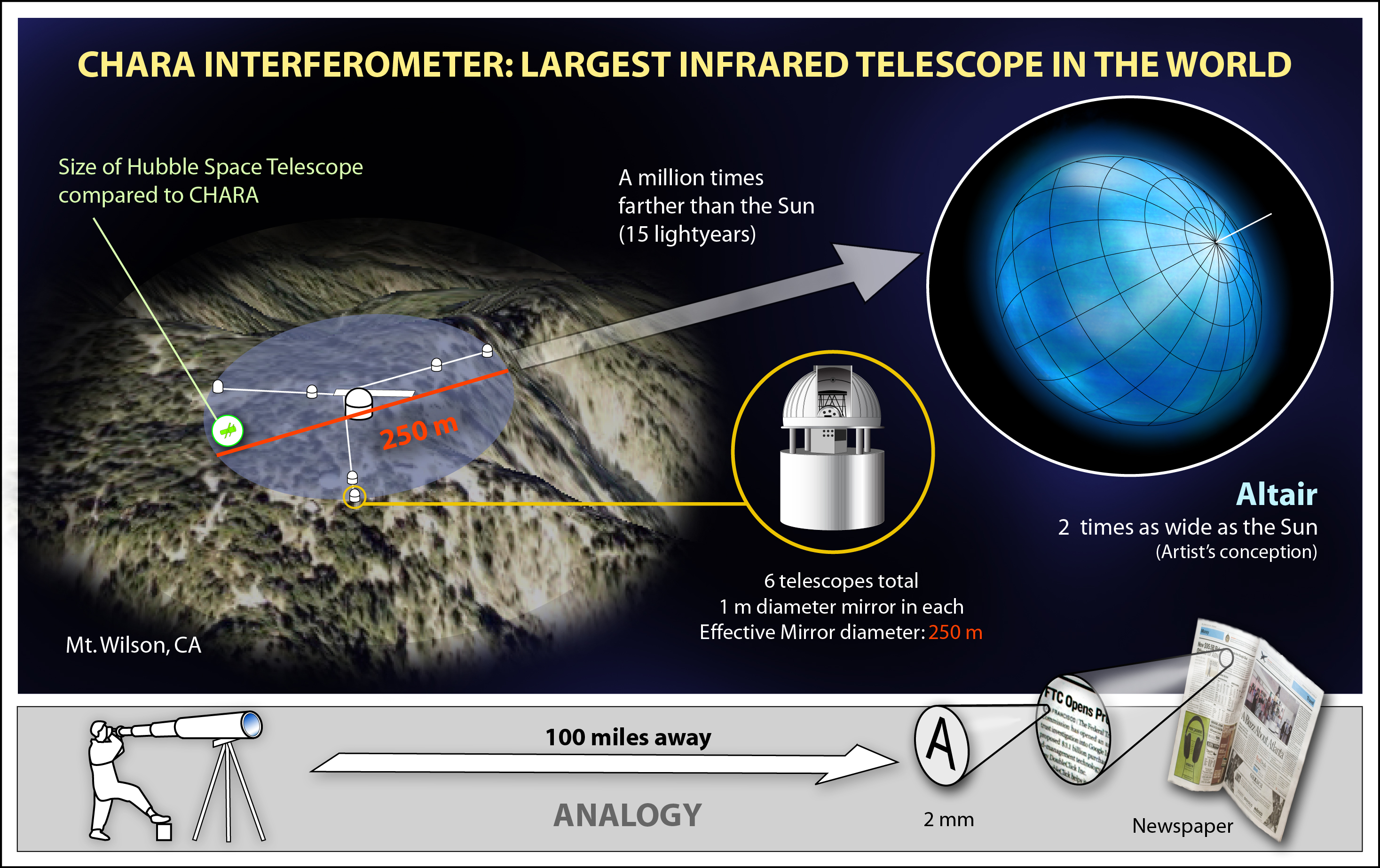
Long baseline near-IR interferometry is instrumental (pun intended) in my work. Therefore to better understand the concepts behind this observational technique, I present the following video as an excellent primer for the uninitiated and a nice introduction to the Center for High Angular Resolution Astronomy telescope array.
Research with Small Telescopes
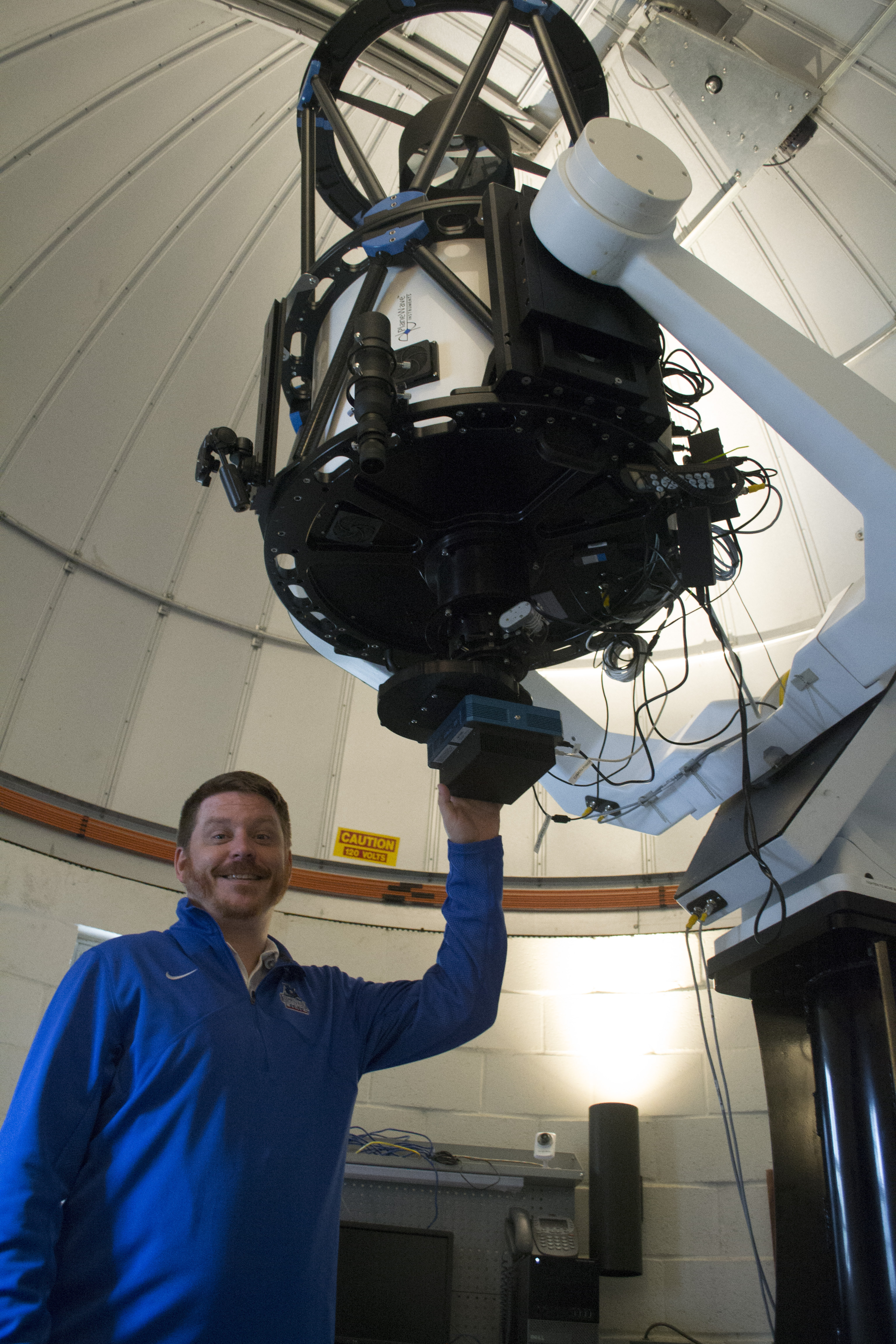
I have over twenty years experience working with telescopes ranging in aperture from 8" to 30". I have assisted in the installation of two 24" telescopes, the Emory Telescope at Emory University and the Miller Telescope at Hard Labor Creek Observatory. Most recently, I have assisted Dr. Misty Bentz with the completion of remote operation capability with the Miller Telescope. My interest in this area begins with education as these telescopes are ideal in instruction on the basics of both photometric and spectroscopic observations. In addition, my interest includes research impossible at larger, more highly subscribed telescopes, such as long temporal baseline photometric surveys.
Click here to see a video showing the end result of our syncing the dome with the Miller Telescope (HLCO) pointing.
